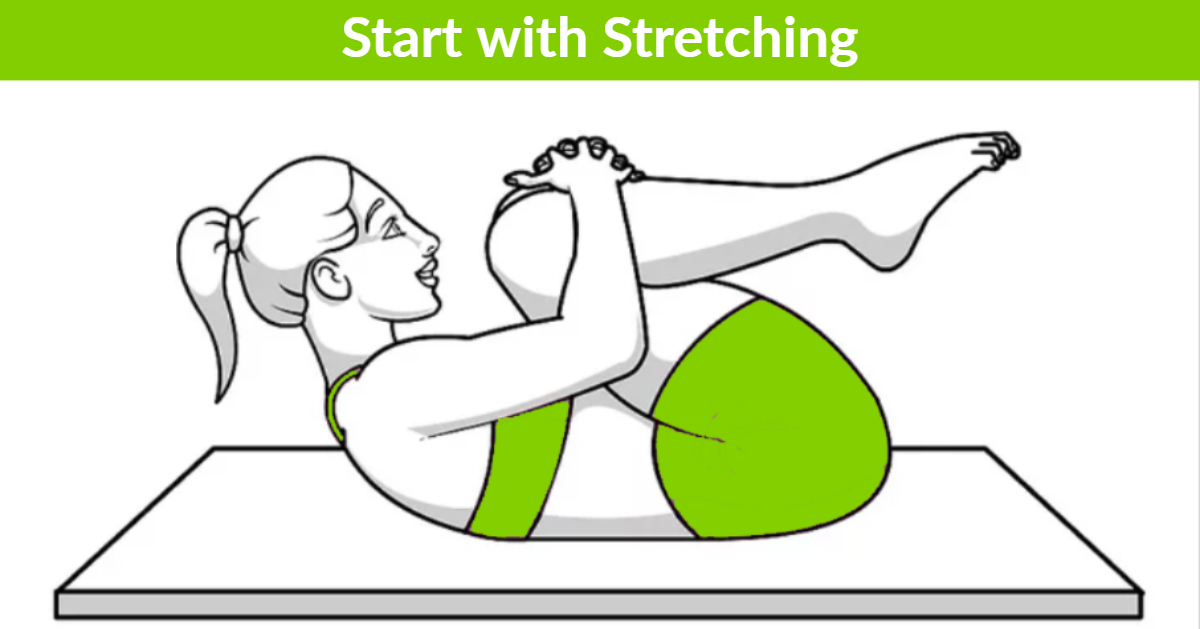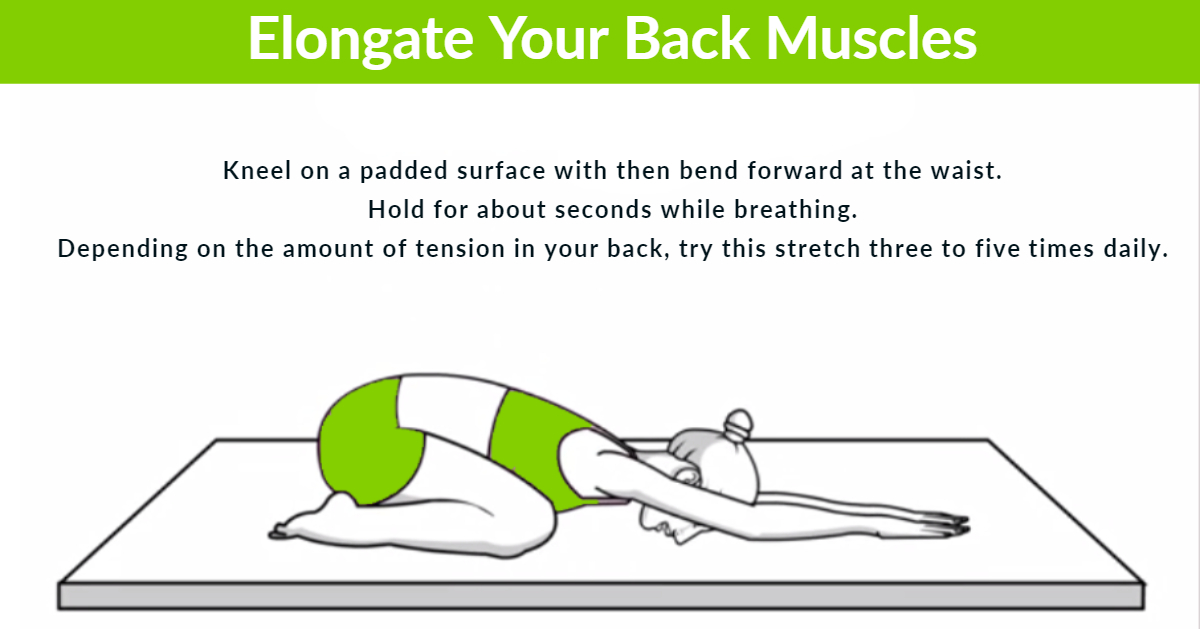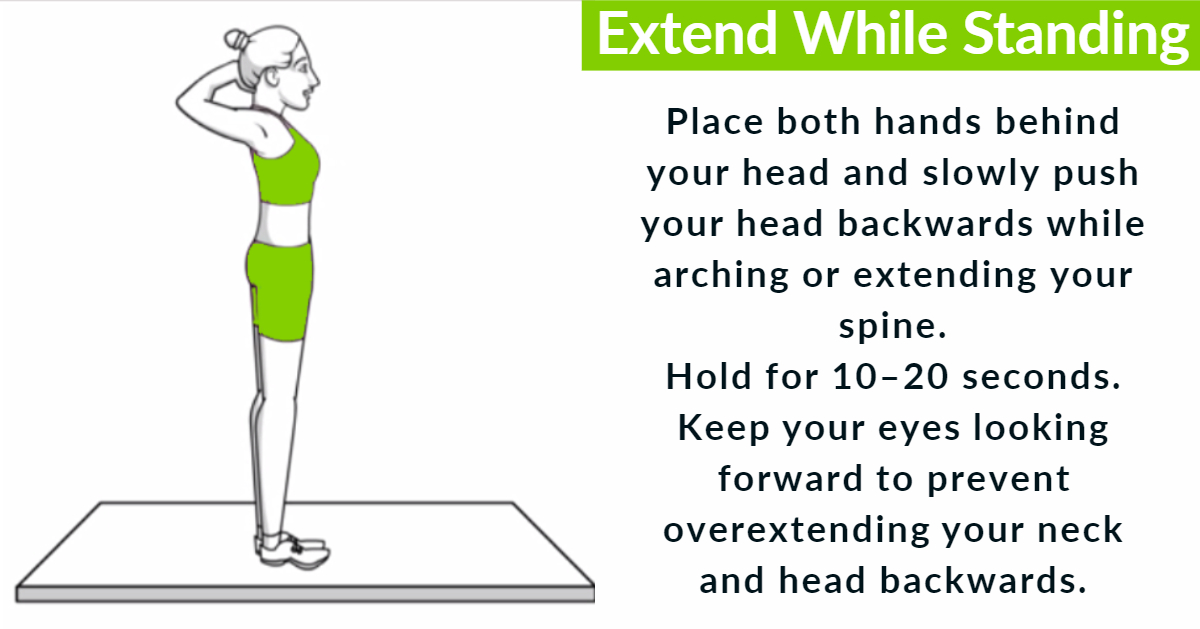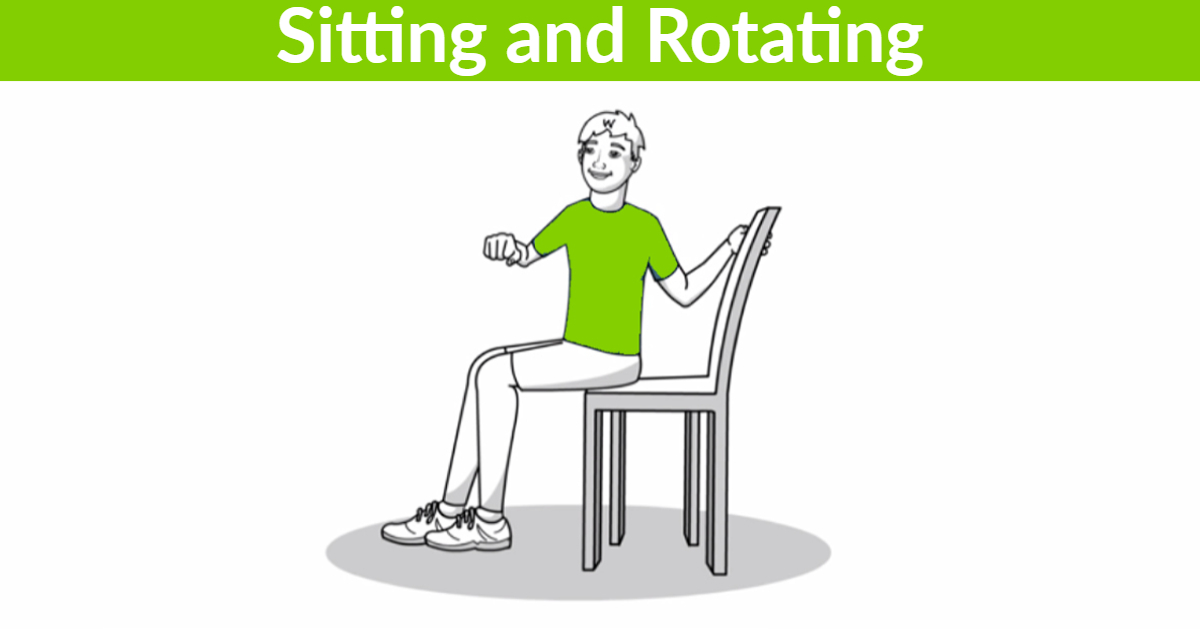What Happens When You Crack Your Back
As a Chiropractor I've developed an obsession with cracking things.
And one of the most common questions I get asked is, “Why does cracking the back produce that super cool sound?” … some people might beg to differ on the degree of coolness?
In short, the sound is the release of gas bubbles within a joint.
Scientists have imaged and even mathematically modeled this hypothesis and the current consensus is that when the bones are pulled away from each other, there’s a sudden drop in pressure in the middle of the joint [1].
The lower pressure allows the gases to come together, forming bubbles that make the sound.
Is Cracking Your Back Bad For You?
Chances are someone has told you that cracking your knuckles (or any other joint) is going cause arthritis.
It's Not True!
A 2011 case-control study examined the hand radiographs of 215 people and compared the joints and found no difference between crackers and controls…no matter how many years or how often a person cracked their knuckles.
Not only have researchers determined that cracking your fingers is not bad for you, another study demonstrated a small increase in range of motion and even an increase in cartilage thickness.
Should You Crack Your Own Back?
Experts have determined that there are a number of mechanisms that occur when you crack your back.
This includes stimulating the brain, firing off nerves that feed various parts of your body and pain relief (usually due to a loss of pressure).
The first thing is to remember that the sound is simply gas bubbles collapsing. And the goal of a Chiropractic Adjustment is not to simply crack your back.
That said, you cannot immediately re-crack a joint because you'll have to wait for the gases to fill back up within the capsule of the joint in question.
Other common causes of a snapping, cracking, grinding, or popping joints includes moving tendons and ligaments or calcium deposits that have built up around those tissues.
Cracking your back is not dangerous, especially if you do it cautiously and gently.
Most individuals crack their backs by stretching or twisting, in which cases the crack is unavoidable.
Even though back cracking is not dangerous, that doesn't mean it is normal or recommended all the time.
If you have the need to crack your back daily, I would absolutely recommend seeking chiropractic care to treat the issue at its source.
This is because some individuals that force their back to crack too often cause more significant pain and discomfort to the area.
You must remember that your spinal discs, cartilage, and nerves are fragile and delicate and should only be treated by a chiropractor who has had significant training in performing manual adjustments.
So although it feels good to crack your own back, always be gentle and avoid any type of force.
However, when it comes to adjusting your spinal column into it's proper position, leave this job to the professionals and schedule an appointment with a chiropractor.
Start With Stretching
Stretch your back muscles first.
Muscle tension can be reduced with simple stretches that do not require the spinal joints to make any cracking or popping sounds. If you're needing some mobility drills or examples of how to safely stretch and move your body, then check out this article!
Do this simple stretch 3-5 times daily depending on the degree of tension in your back.
- Lay on your back on an even surface that has some padding (such as carpet or a yoga mat) so your spine doesn't get bruised.
- Bring both knees up to your chest with your arms until you feel some mild-to-moderate stretching within your back muscles.
- Hold for about 30 seconds.
A few things to consider:
- Don't hold your breath. Instead, you should breathe deeply and exhale as you relax into the stretch.
- Never aggressively bounce or force motion into your spine or other joints as this could cause injury.You may have to slowly rock forward and backward in this position to get a better muscle stretch, but always do so in a controlled, gentle fashion.
Elongate Your Back Muscles
Stretch your back by elongating your spine.
Another type of stretch can be done while on your knees and facing the floor (prone), which is similar to a yoga position known as the child's pose.
Again, the goal of this position is to stretch the back muscles and the spine, but it may not lead to any cracking sounds if you avoid twisting or extending your back.
- Kneel on a padded surface with your buttocks resting on the soles of your feet. Then bend forward at the waist, walking your fingers forward as far as you can go while trying to touch your nose to the floor.
- Hold this stretch for about 30 seconds while continuing to breathe. Depending on the amount of tension in your back, try this stretch three to five times daily.
- You may not be very flexible, or your belly may get in the way, but
try to extend your arms as far forward as you can until you can feel your back muscles and spine stretch
at least a little bit.
Extend Back Muscles While Standing
Extension of the spine is a movement that often creates a cracking sound, but your spinal column has fairly limited motion in this direction, so don't be too aggressive while doing it.
Extending your back doesn't really stretch your back muscles, but you may feel some pulling in your chest or abdominal muscles.
- Place both hands behind your head and slowly push your head backwards while arching or extending your spine so that your stomach sticks out.
- Hold the position for 10–20 seconds and consider doing it three to five times daily depending on the amount of tension in your back.
- The area of your back most likely to crack with this position is the thoracic region, which is
the part of your spine between your shoulder blades.
- Make sure your feet are firmly planted and shoulder width apart so that you maintain balance and reduce the risk of falling over. Keep your eyes looking forward to prevent overextending your neck and head backwards.
Sitting and Rotating Your Spine
Sit in a chair to get more leverage and rotate your spine.
Rotating your spine while sitting in a chair is helpful because you can grab parts of the chair to gain additional leverage and rotation. Spinal joints need to go slightly beyond their normal range of motion in order to crack, so using a chair to achieve that may be your best bet.
- Sit facing forward on a stable chair. While trying to keep your buttocks and legs in the same position, rotate as far as you can in one direction (holding for a few seconds), then go in the other direction. Breathe normally while doing this.
- Grab on to the sides or the top of the chair to gain more leverage — a wooden chair works well in this regard.
- In this position, your lower lumbar spine is the most likely to crack or release.
Foam Rolling to Crack Your Back
Use a foam roller to crack your back!
Rolling on a piece of firm foam is a good way to massage your back and it also increases the likelihood of cracking or popping some spinal joints, especially those in the mid back region (thoracic).
Foam rollers are commonly used in physiotherapy, yoga and pilates.
- Place the foam roller on the ground, perpendicular to where you're going to lay your body.
- Lie down on your back so that the foam roller is beneath your shoulders.
- Put your feet flat on the floor, bend your knees, and lift up your lower back so it rolls over the foam in a back and forth manner.
- Never lie with your low back flat on a foam roller because it will hyperextend the low back. Always lean to one side while rolling the low back on a foam roller.
- Use your feet to move your body over the foam, so that your entire spine is massaged (at least 10 minutes). Repeat as many times as necessary, although your muscles might be a little sore after the first time your use a foam roller.
Stretching Over Your Bed
Stretch your back over the edge of your bed.
Another way to achieve more extension is to use the edge of your bed as a fulcrum point, so that your head can dip below the level of your spine.
This position is effective for cracking the mid back primarily.
- Lie down on your back on a bed, with everything above your shoulder blades extended over the edge.
- Relax your back and let your head and arms slowly extend towards the floor, breathing out entirely as you do it.
- After each downward extending motion, hold for about 5 seconds and then do a full sit-up to get back to the original position and take a full breath in. Repeat as necessary.
- This movement is also great for strengthening your abdominal muscles, but it carries a little greater risk of injuring your spine, so maybe
ask a companion to be a spotter to make sure you can do it safely.
Final Thoughts
There is absolutely nothing wrong with cracking your back or hearing cracking, popping sounds that come from your joints.
In most cases, cracking your joints can alleviate pressure and improve range of motion.
However, don't make it a habit of cracking your joints every single minute and if you find that you're constantly in pain and feel the need to constantly crack your back, you should find a chiropractor who can analyze your spine and help determine if there is anything more serious happening.












